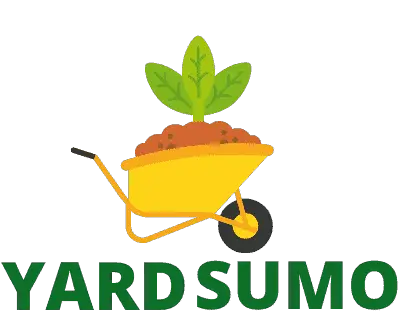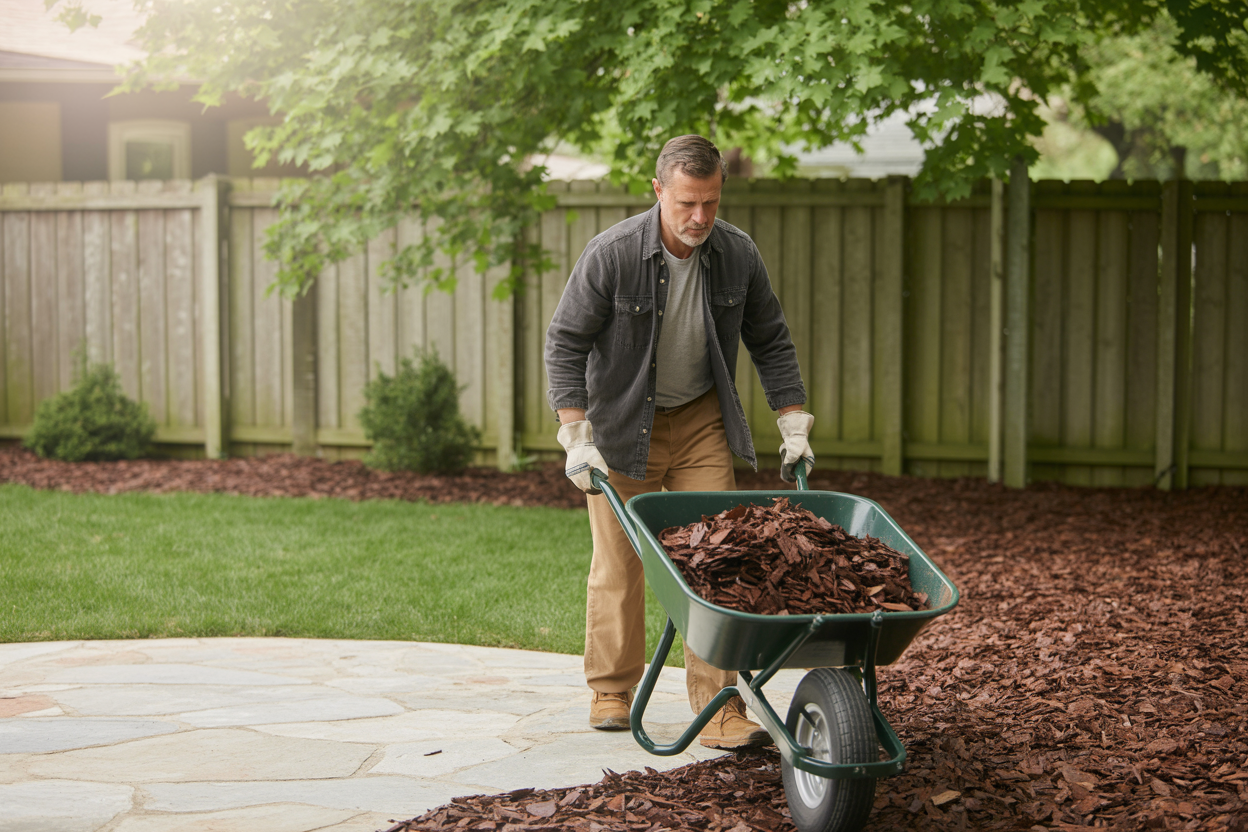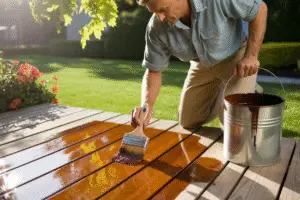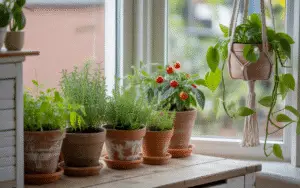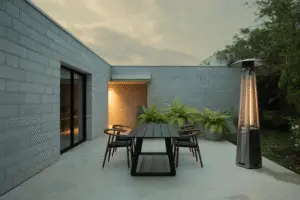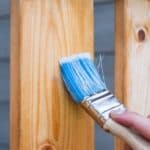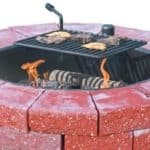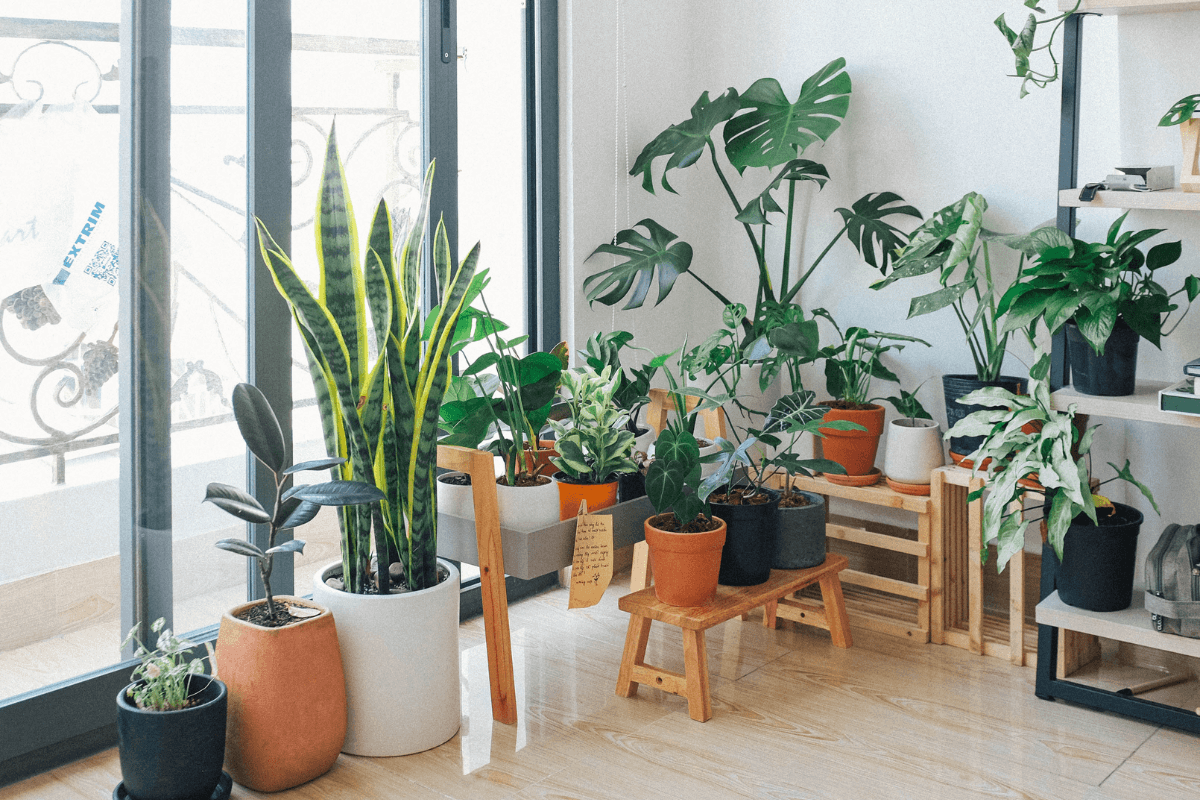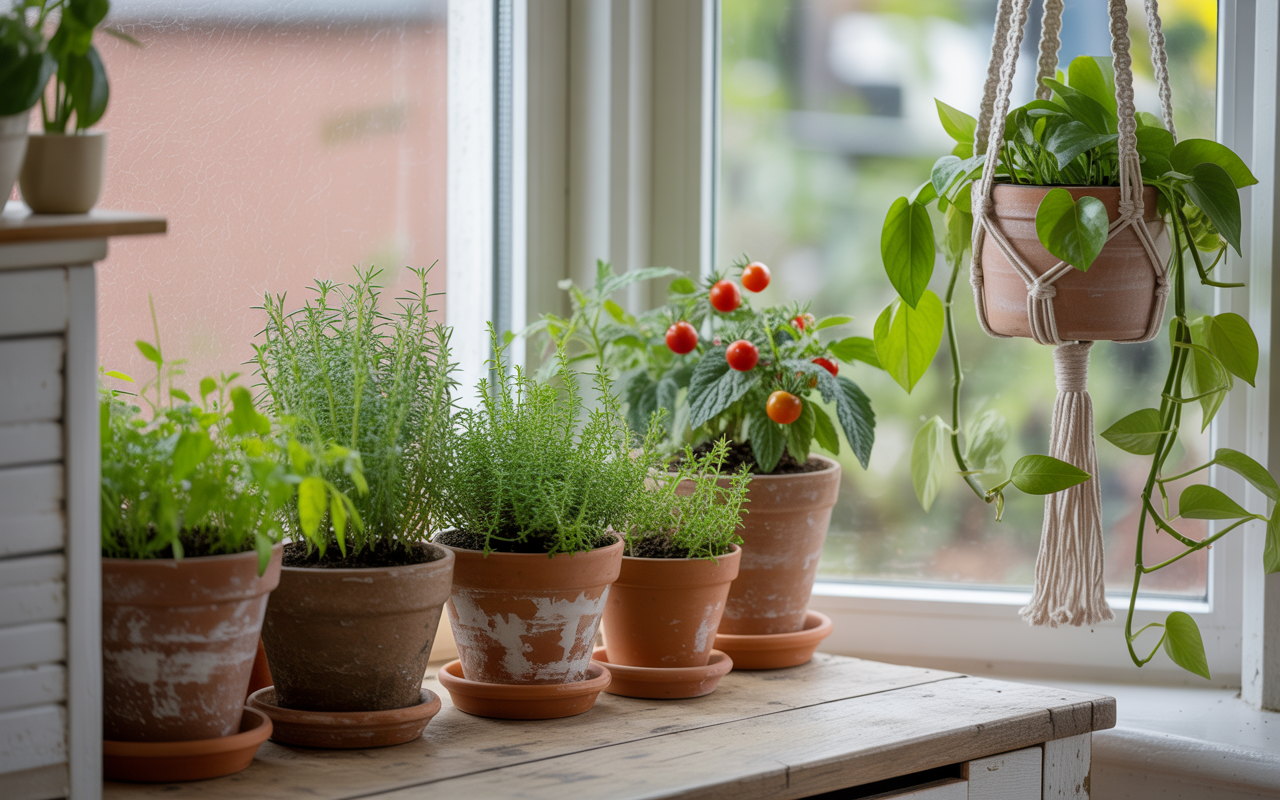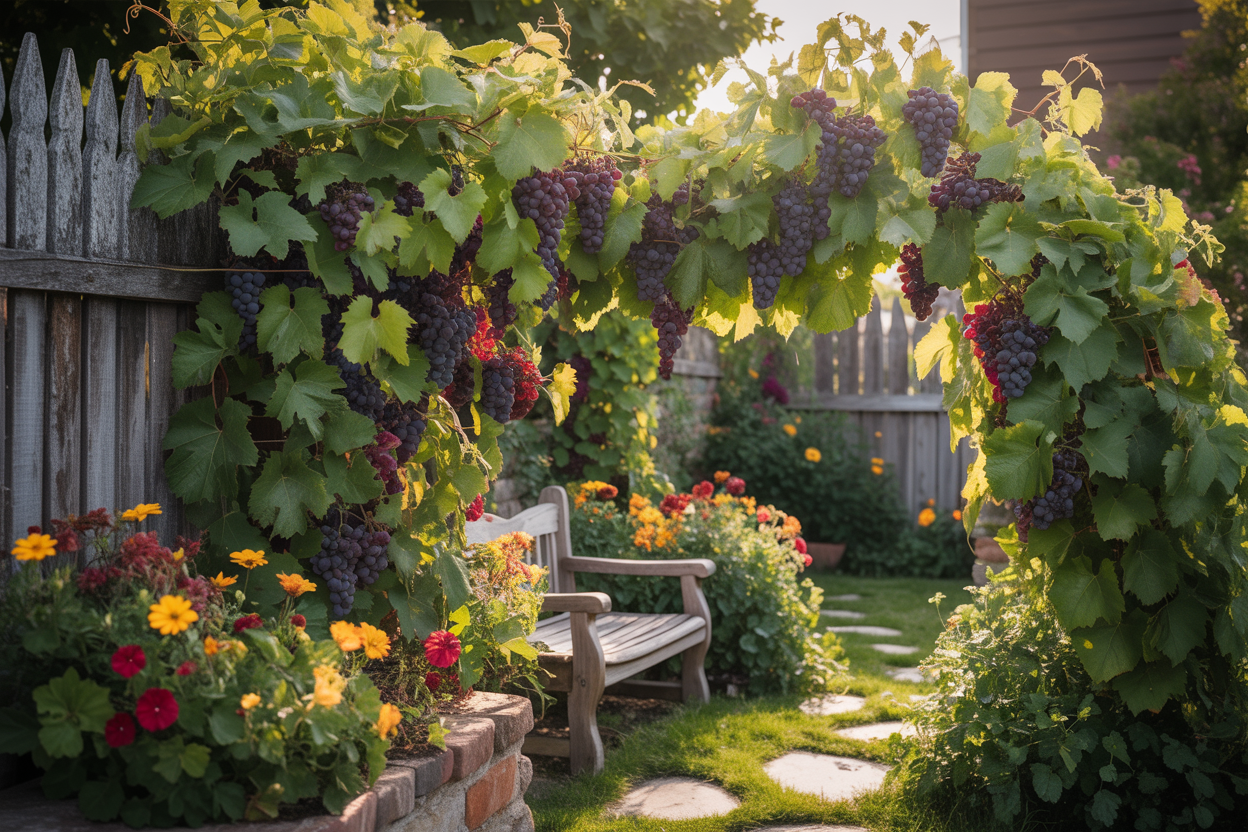Mulch is an invaluable miracle worker for your lawns, gardens, and even big farms. It gives greater control to soil among a million other beneficial things. You can reap a lot from organic mulches because they are easily accessible and 100% natural. But here is the question, will grass grow through mulch?
Grass germinates and grows in mulch. When you layer your vegetation bed with mulch, grass will simply send its roots into the mulch. This is because mulch is permeable and easy to penetrate. Employ thicker mulch which can smother grass from sprouting underneath.
As much as it is too much work, if you must stop grass from growing beneath the mulch altogether, you will have to take drastic measures. Some people use thicker layers of mulch to discourage grass. Others use landscaping fabric that blocks sunlight and discourages growth. Some even go the great lengths to completely kill the grass with chemicals before mulching.
Whatever the method you choose to incorporate to prevent grass from growing through your mulch, ensure that your soil will still be viable at the end of the day. Keep scrolling down the page to find out how you can prevent grass from growing through mulch without contaminating or emasculating your soil.
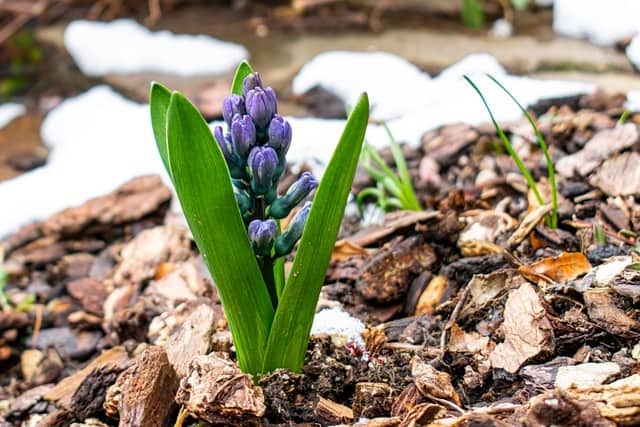
How Do You Keep Grass from Growing Under Mulch?
In as much as mulch is intended to minimize both grass and weed, this relentless duo somehow finds a way to shoot through. However, there are methods you can apply to keep the grass from growing beneath the mulch. Here are some of the popular ways you can use to achieve that.
1. Introduce Landscaping Fabric
To create a strong and lasting barrier, perhaps you should consider using landscaping fabric. This method is simple and extremely effective. In addition, you will not necessarily need the services of a professional landscaper to apply it.
This fabric is designed to block the sun from penetrating through to the soil naturally. It works more like the mulch itself. It is made from a durable textile fabric to cover your soil. Once the fabric is set in place, add a layer of mulch from thicker coverage. This will smother any chances of grass from growing beneath because the sun supply is completely cut off.
2. Apply Organic Vinegar
Of course, you can use chemical-based herbicides that can quickly kill the grass. However, if you want to maintain the viability of your soil, you must go the natural way. This method is both safe and inexpensive compared to using chemical herbicides.
For thicker consistency and effectiveness, consider mixing with other ingredients. For example, consider Dawn liquid dish soap. This will allow the solution to stick to the grass and sublimate them from the roots. Spray this permanent solution on the encroaching grass, and voila! They are so dead.
3. Create Deep Edges on the Bed
Since mulching is meant to prevent unwanted growth in your vegetation bed, it cannot be pleasant to see grass sprouting all over the beds. Create deep edges around your beds before mulching to minimize and discourage grass from growing beneath the mulch.
This method is simple, easy, and effective, and you won’t necessarily need any help from a professional landscaper. First, ensure that all your vegetation beds are raised with clean deep ridges surrounding them. This will prevent stray grass seeds from finding their way to the clean mulched beds and germinating under.
4. Use Newspapers Beneath the Mulch
Start by raking off and cleaning the vegetation beds. Next, lay enough sheets of newspaper on top of the clean beds. This will smother any sprouting grass and discourage them from shooting through the thick newspaper because the sunlight has been cut off. Spread the mulch generously over the newspaper up to 3 layers thicker.
Under such conditions, the grass will break down naturally and die off. This method is effective and beneficial because, with time, the newspaper layers will eventually rot away and become compost manure. This method is eco-friendly and kind on your plantation, unlike using chemical methods.
5. Chemical Spray
There are several brands of effective herbicides available in outlets. However, this method is less recommended because of its adverse effects. It is tough to diffuse and flush chemicals from the soil. Chemicals are also known to alter the PH of the soil, making it less viable.
However, if you must use a chemical spray, use Roundup to spot spray the unwanted grass. It is important to work it part by part to avoid spewing the chemicals on unwanted areas. If the chemicals touch the unintended areas, use as much water as possible to dissolve and weaken the potency of the chemical spray.
Steps to Putting Mulch on the Grass
If you must reap the full benefits of mulching, you must do it the right way. If you can, use organic mulch that can easily be prepared at home. However, you can also buy the mulch but avoid going for the inorganic with added chemicals, regardless of what it promises to do.

1. Pull Out Weeds and Grass
Depending on the type of grass and weeds, you can either pull them with your hands or shovel them out. Make sure that all the roots are out to prevent them from regenerating. This will make your beds clean and free of unwanted grass that will interfere with your plants.
2. Create Deep Edges
Dig around the beds to create deep separating ridges. You can use a shovel or a manual edger. Ensure a clear, smooth continuous line edging the beds to prevent grass and weeds from growing.
3. Rake the Beds
Rake through the ridged beds to remove any existing mulches and unwanted debris. Either use a hand shovel or a rake until you reach clean dark soil. Smoothen the beds with the rake and store away the mulch and debris.
4. Add Mulch
Add mulch in small piles to your flower beds. Spread the mulch evenly on the beds and ensure that the thickness is right to avoid the suffocation of plants—water the mulch to adhere to the soil and prevent them from being blown away.
Should You Put Plastic Under Mulch?
Most artificial barriers do not work as a weed barrier. They are mostly used to separate soil from stones. Plastic is one of the artificial barriers, and it is best not used in this case. However, some landscapers use this method to prevent mulch from composting.
